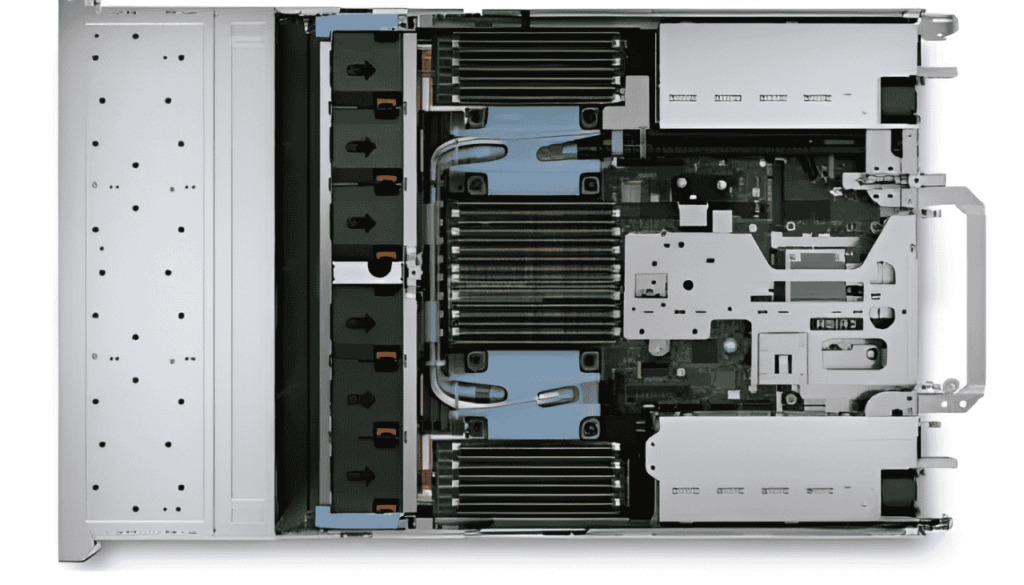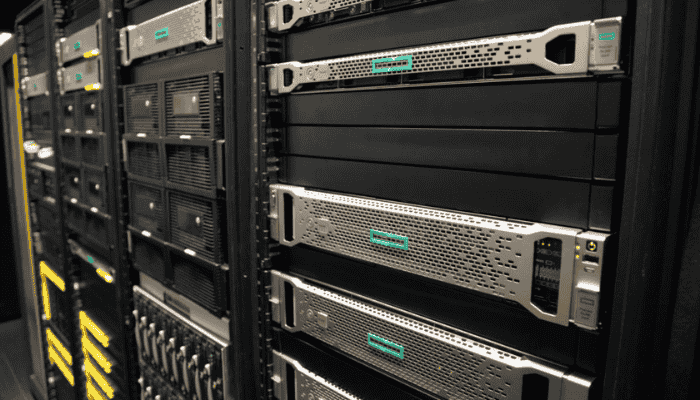When it comes to running a business, speed and efficiency are everything. Picture this: you’ve got a server that’s handling multiple tasks at once, from storing critical data to managing heavy applications. Over time, the workload grows, but your server’s memory remains the same. Things slow down, and suddenly, you’re dealing with lag, downtime, and frustrated team members. That’s where upgrading Dell server memory steps in to save the day. It might sound technical, but the benefits of upgrading server memory are huge—and surprisingly simple to understand. Let’s break it down.
Why Dell Memory Matters
Servers are the backbone of any business that relies on data, which is almost every business today. From handling complex software to supporting hundreds (or thousands) of users, a server is like the control center. But what happens when it doesn’t have enough memory? Well, you might start seeing slower load times, bottlenecks in performance, and an overall dip in productivity. Memory, or RAM (Random Access Memory), is essential because it allows the server to juggle multiple tasks without dropping the ball. And when it comes to Dell servers, you want the best performance, right?
The Performance Boost You Can Expect
Imagine your server is a busy office worker. With limited memory, it’s like having a tiny desk—there’s only so much they can do before everything becomes cluttered. But if you give them a bigger desk (more memory), they can spread out, handle more paperwork, and complete tasks faster. It’s the same with your Dell server. When you upgrade its memory, you’re increasing the amount of data it can process at once, which leads to faster response times and smoother operation.
The Importance of Stability and Reliability
Now, let’s talk stability. Servers are meant to run 24/7, so you need them to be reliable. If your server is constantly hitting its memory limit, it can crash or freeze, causing downtime that costs your business both time and money. Upgrading Dell memory reduces the risk of these hiccups by giving your system the resources it needs to operate smoothly, even under pressure.
In the long run, a stable server means fewer headaches for your IT team and better service for your customers. Nobody likes dealing with downtime or slow systems, and upgrading your memory is one of the easiest ways to prevent those issues.
Future-Proofing Your Investment
Technology moves fast—really fast. If your server is still running on the same memory it had years ago, it’s time for an upgrade. As your business grows, so will your data needs. The last thing you want is to outgrow your server and have to deal with major slowdowns or even expensive replacements. By upgrading Dell memory now, you’re staying ahead of the curve and making sure your system is ready for whatever the future holds.
A memory upgrade is also a cost-effective solution. Instead of buying a whole new server, which can be pricey, you can extend the life of your current hardware by simply adding more RAM. It’s a win-win situation—more performance for less money.
Key Signs You Need a Dell Memory Upgrade
You might be wondering how to know if your server is due for a memory upgrade. Well, there are some clear signs that your system is struggling to keep up. Here are a few:
- Slower performance: If applications or websites are taking longer to load, your server might be running out of memory.
- Frequent crashes: When a server hits its memory cap, it can cause software to freeze or shut down unexpectedly.
- High memory usage: Check your system’s memory usage through monitoring tools. If it’s consistently high, that’s a red flag.
- Increased user demand: If your business has grown, so has the number of users accessing your server. More users mean more memory is needed.
How to Upgrade Dell Memory
So, you’ve decided it’s time to give your Dell server a memory boost. Fantastic choice! But where do you start? Upgrading server memory might seem a bit daunting, but it’s actually a straightforward process. Here’s a step-by-step guide to help you navigate through it smoothly.
Assess Your Current Setup
Before jumping into the upgrade, you need to understand what you’re working with. Check your server’s current memory configuration to see how much RAM is installed and what type it is. Dell servers usually have a management tool called OpenManage that can provide this information. Make a note of the following:
- Total installed memory: How much RAM is currently in your server?
- Memory type and speed: Is it DDR3, DDR4, or another type? What’s the speed?
- Available slots: How many slots are free for new memory modules?
Having this information will help you choose the right memory modules for your upgrade.

Choose the Right Memory Modules
Once you know what you need, it’s time to select the new memory modules. Dell servers often have specific requirements for compatible memory, so it’s crucial to pick modules that match these specifications. Look for:
- Compatibility: Ensure the new RAM is compatible with your server model.
- Capacity: Decide how much additional memory you want to install. This depends on your needs and your server’s maximum capacity.
- Speed: Choose memory that matches or exceeds the speed of your existing modules for optimal performance.
Dell’s website or your server’s manual can provide information on compatible memory options.
Install the New Memory
Now comes the hands-on part. Follow these steps to install the new memory:
- Power down the server: Turn off the server and unplug it from the power source.
- Open the server: Remove the server cover or access panel to reach the memory slots.
- Insert the memory modules: Align the new RAM with the slots and gently but firmly press them into place until they click.
- Close the server: Reattach the cover or panel and plug the server back in.
- Power up: Turn the server back on and check the BIOS or system settings to ensure the new memory is recognized.
Verify the Upgrade
After installing the new memory, it’s essential to verify that everything is working correctly. Here’s how:
- Check memory usage: Use your server’s management tools to confirm that the new memory is recognized and available.
- Run tests: Perform a few stress tests or load simulations to ensure the server operates smoothly with the new memory.
- Monitor performance: Keep an eye on the server’s performance over the next few days to ensure there are no issues.
Wrap-Up
Upgrading Dell memory is like giving your server a powerful boost. It enhances performance, stability, and future-proofing, all while being a cost-effective solution compared to buying new hardware. Whether you’re facing slowdowns, crashes, or simply want to prepare for future growth, a memory upgrade can make a world of difference.
Dive into the world of Dell memory upgrades today. It’s a straightforward investment that pays off in speed, reliability, and efficiency.
FAQs
Q: How much memory should I add?
A: The amount of memory to add depends on your server’s current workload and future needs. A good starting point is to aim for a balance between your server’s maximum capacity and your expected usage.
Q: Can I mix different types of RAM?
A: It’s best to use the same type and speed of RAM for optimal performance. Mixing different types or speeds can lead to compatibility issues and reduced performance.
Q: Will upgrading memory improve server speed?
A: Yes, upgrading memory can significantly improve server speed and performance, especially if your server was previously running low on RAM.
Q: How often should I upgrade server memory?
A: It depends on your server’s usage and growth. Regularly monitor your server’s performance and upgrade memory when you notice slowdowns or increased demands.


